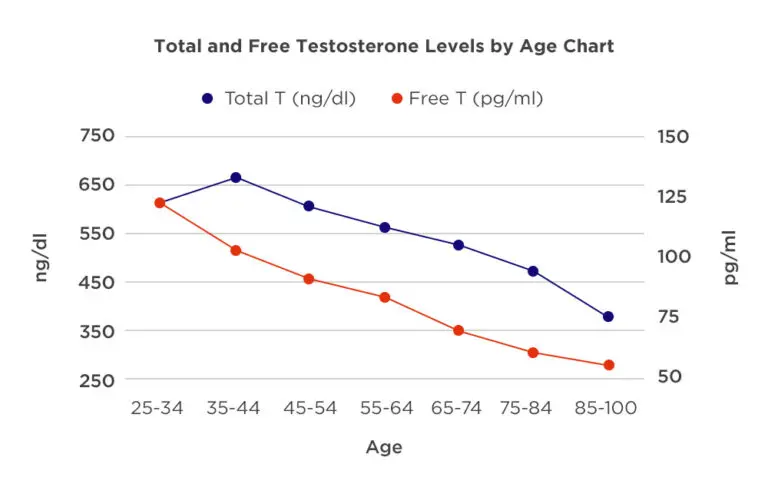Low testosterone (low T) is not something you expect, but it is something you can treat. Testosterone pellets for men are a state-of-the-art therapy that can help you feel like yourself again. By broadening your understanding of this unique treatment option, you can make an informed decision about your health.




